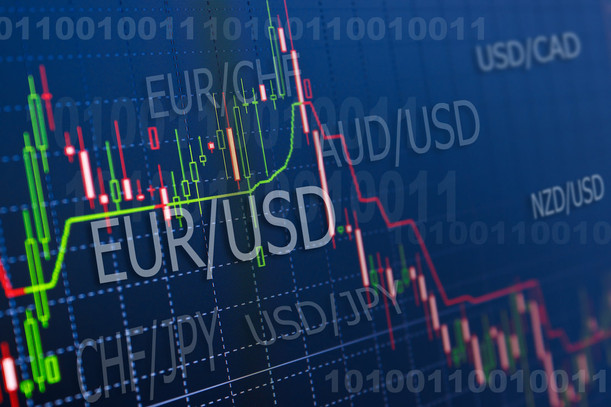There is a popular discussion among Forex traders about the different types of indicators that are available. Whether the indicator is leading or lagging, repainting or not repainting, how accurate it is and so on.
Forex traders are constantly looking for the latest and perfect indicator in an endeavor to be profitable. The perfect indicator doesn’t exist, but there are a lot of valuable ones that provide excellent signals.
What many Forex traders often don’t understand is how the indicator was designed to be used in the first place, and then face all kinds of problems in their trading because of this.
Most traders don’t know the proper way in which to use the signals or the indicators they are given. For example, every buy signal from the MACD is not supposed to be followed with a long trade. Every buy signal doesn’t mean that the market will shoot right up or that it will go higher by a certain number of pips in every situation.
The fact is that most of the Forex trading indicators were created so that they generate trading signals in combination with other tools and indicators. More importantly, all technical indicators generate trading signals based on the close of each trading session on the chart they are plotted on.
This is an aspect that many novice Forex traders fail to understand early on and so they enter trades before the close of the trading period only to see that the signal from the indicator has changed between the time of their entry and the close of the trading period. This often leads to taking the wrong trade and being on the wrong side of the market.
For these reasons, successful Forex traders wait for the close of the trading period before they enter into a position. This is the way that any technical indicator should be traded. The MACD, Stochastic, RSI, Bollinger Bands, Moving Averages and so on, all change their values while in the current trading period.
Thus, if you take a trade based on the momentary value of an indicator you are setting yourself up for a potentially wrong signal due to nothing else but your own flawed understanding of how the indicator should be traded.
It is a very simple but very important thing to remember about indicators. This is why many traders complain that indicators are repainting or are finding other flaws. The reality is that they should just wait for the close of the trading period before taking a trade on any generated signals.
This is true on all timeframes. So if it’s the daily timeframe you are looking at then wait for the day’s close. If it’s the hourly timeframe then wait for the close on the 1-hour chart or if it’s the 15-minute timeframe then wait for the close on the 15-minute chart.
Yes, waiting for the close will mean sometimes getting in later, but it also means a higher probability for the trade to be a winner. The performance of any technical indicator is measured based on past session closes and this is the way in which technical indicators should be traded. Doing it otherwise doesn’t guarantee that you will get the same results as backtesting and statistics have shown.





